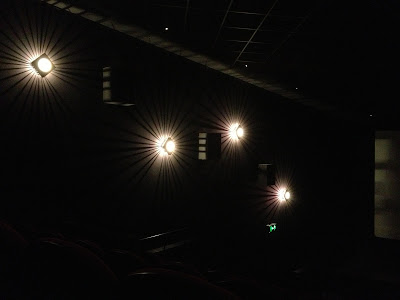Famous for it's mathematical and elegant geometric shapes, Art Deco became heavily influenced over the early 20th century by various different ancient cultures, such as
the art of Babylon, Ancient Egypt, Aztec Mexico and Africa. From this culmination of cultural influences manifested the common household image of Art Deco and without realising it, we as a modern society are exposed to it's massive influence to this day. In the UK you have the Midlands Hotel in Morecombe inspired by the geometrical focus Art Deco adopts and in the US you have the Chrylser Building (Shown below) that was inspired by the trademark Sunburst Motif (seen below) and the Golden Gate Bridge that focuses on mathematical shapes to facilitate function (also seen below).
As a lover of art that can be appreciated at face value, Art Deco is a movement that, although abstract in it's design, appeals to me through it's elegant and aesthetically pleasing visuals. It's the type of art style that I would personally adopt if I was an architect or artist and through research, I have begun to realise the actual extent such a movement has influenced countries around the world. This is a realisation not spawning just from research, but from personal experience. After being told that Cinemas are probably the best example of Art Deco's influence on interior design I was dumbfound as to exactly how this was the case, until I went to the cinema and took the picture below;
Instantly you can see the Sunburst Motif created by the use of light and shadow - in this case it is actually used to present light rather than to represent an ideology or symbol like the Chrysler Building succeeded in doing with it's sunburn motif peak as if to say "Look at this, look at what our country has accomplished". This Cineworld in Didsbury, like many others around the country, simply used it for effect - understandable considering its magnificent effect.

No comments:
Post a Comment